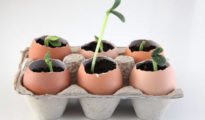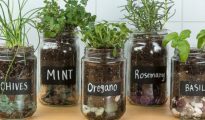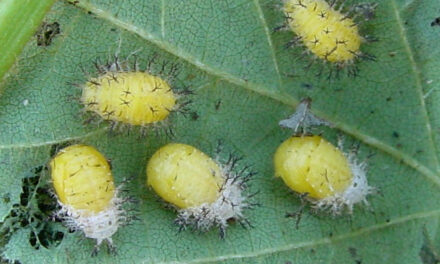Transplanting seedlings is a critical step in the gardening process. Whether you're moving them from a seed tray to a larger pot or planting them directly into the garden, you want to ensure that the young plants don't suffer from transplant shock. Transplant shock can set your plants back several days or even weeks, impeding growth, diminishing yields, or, in the worst-case scenario, killing them. In this comprehensive guide, we'll delve deep into techniques to ensure a seamless transplant process for your tender seedlings.

Understanding Transplant Shock
Before we dive into the techniques, it's crucial to understand what transplant shock is. Transplant shock occurs when seedlings experience stress from being moved. This stress can result from:
- Root disturbance or damage
- A sudden change in environmental conditions
- Water stress
Now that you have an understanding of the root cause, let's dive into techniques to mitigate or prevent it.
1. Harden Off Your Seedlings
Hardening off is the process of gradually acclimating indoor-grown seedlings to outdoor conditions. If you've been nurturing your seedlings indoors or in a greenhouse, they will be used to stable temperatures and conditions. Exposing them directly to the great outdoors, with its fluctuating temperatures, wind, and sunlight, can be a shock.
Steps to Harden Off:
- Start by placing your seedlings outdoors in a shaded, sheltered spot for 1-2 hours.
- Gradually increase their outdoor time daily by an hour.
- After a week, your seedlings should be ready for transplanting.
2. Water Before Transplanting
Moist soil makes it easier to remove seedlings from their original container without damaging the roots. Watering the seedlings a few hours before transplanting ensures they're well-hydrated and reduces the risk of root damage.
3. Prepare the New Home
Before removing the seedlings from their original container, ensure their new home is ready. If you're transplanting into a pot, have the pot filled with soil and a hole ready for the seedling. If you're planting directly into the ground, have the soil prepped and holes dug.
4. Gentle Handling
Seedlings are fragile. When removing them:
- Loosen the soil around the edges of the container.
- Hold the seedling by its leaves, not the stem. If you damage a leaf, it can grow back, but a damaged stem can be fatal.
- Use a spoon or a transplanting tool to lift the seedling, ensuring you get as much of the root system as possible.
5. Avoid Root Disturbance
When transplanting, try to keep the root ball intact. If your seedlings are in biodegradable pots, you can plant the entire pot to minimize root disturbance. If the roots are circling at the bottom or sides of the container (root-bound), gently tease them out before planting.
6. Plant at the Right Depth
Seedlings should be planted at the same depth they were in their original container. Planting too deep can cause stem rot, while planting too shallow may expose the roots.
7. Water Well After Transplanting
Once the seedlings are in their new home, water them well. This helps settle the soil around the roots, eliminating air pockets, and ensures the roots have good soil contact.
8. Provide Initial Shade
If possible, provide the transplanted seedlings with some shade for the first couple of days, especially if transplanting occurs during hot, sunny weather. This can be achieved using shade cloth, old window screens, or even some garden fabric.
9. Monitor and Care
Keep a close eye on your transplanted seedlings for the first week. Make sure they're adequately watered (but not waterlogged) and protected from extreme conditions like strong winds or intense midday sun.
10. Use Transplant Solutions (Optional)
Some gardeners swear by transplant solutions, which are water-soluble products containing beneficial hormones and nutrients to help seedlings establish quickly in their new environment. These can be beneficial, especially for delicate or finicky plants.
Transplanting seedlings is a process that requires patience, care, and a gentle touch. By taking the time to ensure you're following the best practices outlined above, you're setting your plants up for a healthy and robust life. Remember, the effort you invest in these early stages will undoubtedly pay off when you see your thriving plants and, eventually, the fruits of your labor. Happy gardening!



















